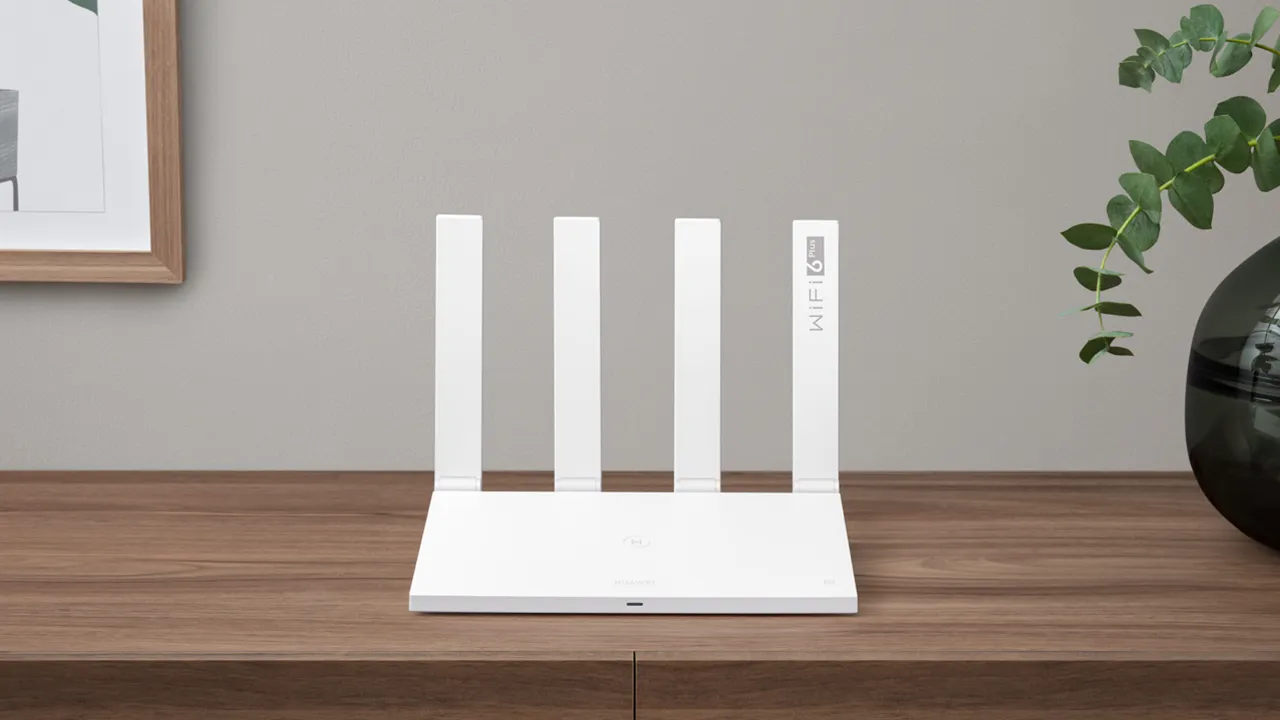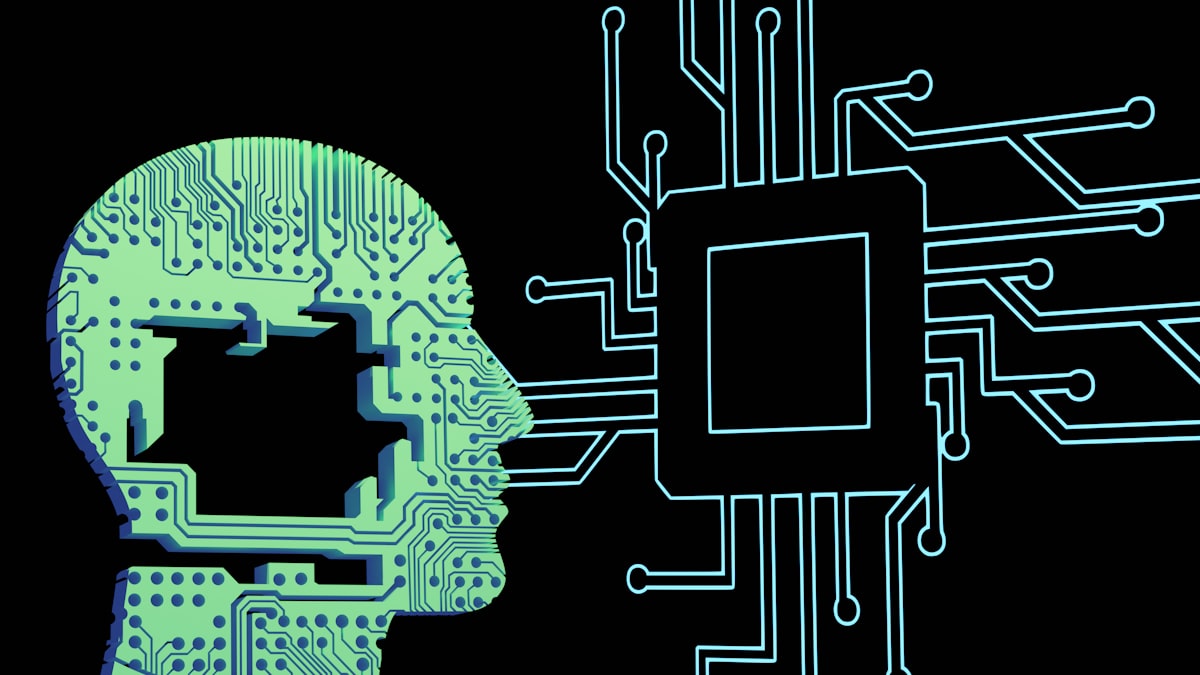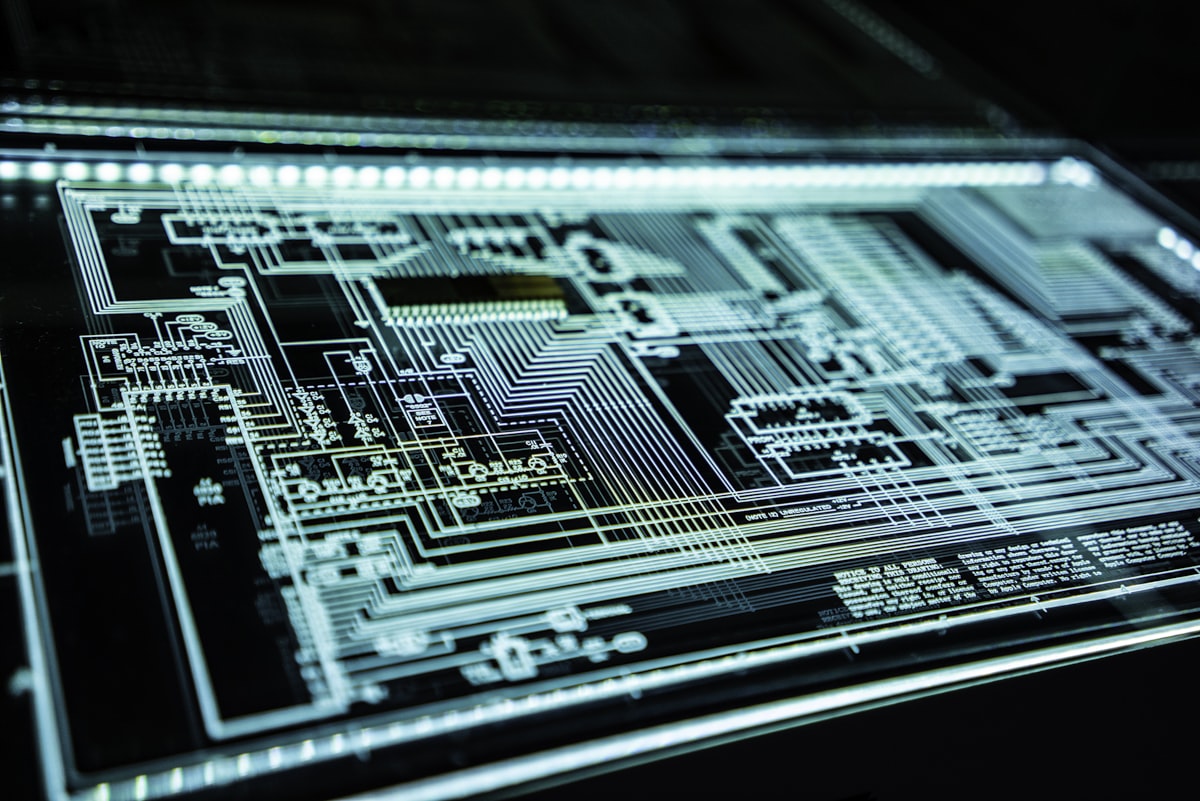- Domain
-

- FREE Whois Protection is provided for all domain name registrations.
-
- Hosting
-

- SSL certificate is provided FREE of charge in all our web hosting packages.
-
- Servers
-

- Full performance, full hardware, server leasing solutions for every budget.
-
- Software
- E-Commerce
- Services
- Corporate
-
Corporate Information
Contact & Corporate Information About Us References News & Announcements Blog Articles Careers Bank AccountsCustomer Service0850 346 40 62
Our Email Addressinfo@wisesoft.com.tr
Promotion10% Welcome Discount
-
- Resources
-










